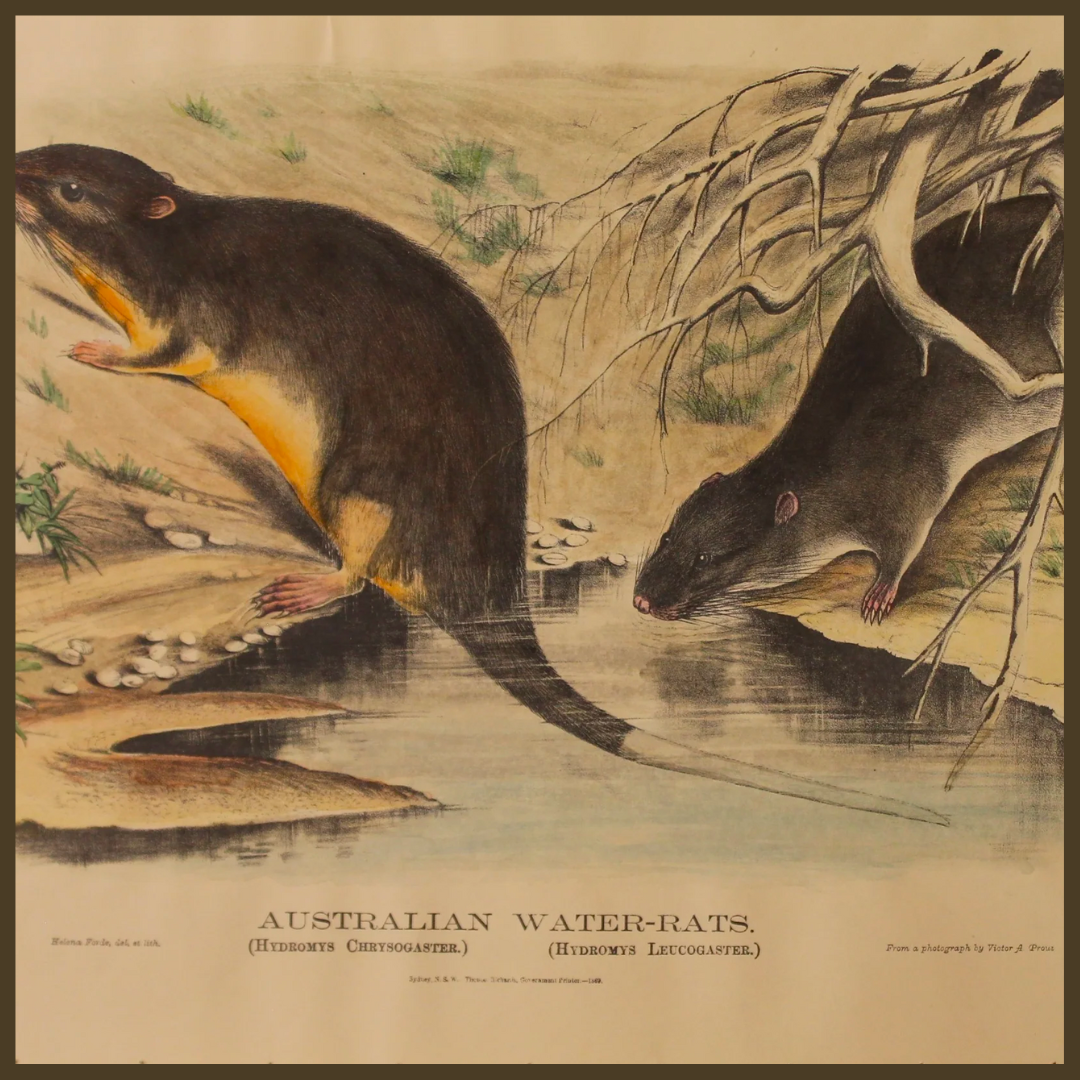
FASHION IN THE 60s
Share
The 1960’s fashion could be described as bipolar in every way!
In the early years of the decade, fashion continued along the lines of the 1950’s conservative, restrained and more classic in design and style. Skirt suits and coordinating accessories were emphasised as one decade transitioned into the next. First Lady Jacqueline Kennedy epitomised this look during her husband’s presidential campaign and short presidency. She was admired around the world for her put-together, lady-like look consisting of boxy skirt-suits like the Givenchy suits and luxurious coats–all accessorised with white gloves, pearls, and a matching hat. This look was being produced by the likes of Hubert de Givenchy and Cristóbal Balenciaga but as the decade progressed, it became clear that the momentum was towards a new kind of designer in the 1960s.
The late 60’s were the exact opposite. Bright swirling colours, psychedelic tie-dyed shirts, long hair and beards were common place. Women wore unbelievably short skirts and men wore tunics and capes. This foray into fantasy would not have been believed just one decade before.
The cultural phenomenon termed Swinging London began in 1955 but reached its zenith in the early- to mid-1960s. It was a phenomenon that focused on youth, spotlighting music and fashion. It brought us The Beatles and the miniskirt, Twiggy and The Who. The designer who led the way in the “youthquake” was Mary Quant who opened her first shop, Bazaar, on the King’s Road in Chelsea, London in 1955. Quant’s simple, colourful designs appealed to teenagers and young people who had more disposable income than any generation before. It differed from the stuffy looks of the older generation and appealed to young women who embraced the child-like styles Quant produced. Fashion historian James Laver writes of Quant in Costume and Fashion: A Concise History.
An enduring icon of the 1950s and ‘60s, movie star Audrey Hepburn embraced the progression of sixties fashion up to the hippie aesthetic of the last part of the decade. Having firmly established herself as a leading lady in 1950s films like Roman Holiday, Sabrina, and Funny Face, Hepburn’s influence continued into the sixties.
In 1961, she starred as Holly Golightly in one of her most iconic films, Breakfast at Tiffany’s. In this film, like so many others, Hubert de Givenchy designed the costumes, including the iconic black dress from the opening scene. Hepburn and Givenchy worked together both on and off screen to create a simple, but stylish wardrobe that was easily copied by women of all means.
In the early 1960s, Hepburn wore feminine, Jackie Kennedy-esque skirt suits. Like the First Lady, she paired these suits with the requisite accessories: gloves and hat, like the green Givenchy suit worn in Paris When It Sizzles in 1962 (Fig. 18). The clothes she wore in 1963’s Charade would not have looked out of place on Kennedy but also cut a stylish figure as she gallivanted through Paris. As the decade progressed, so did her fashion. In the mid-sixties, Hepburn began to wear more “Mod” styles with bright colours and minidresses working their way into her wardrobe. In the 1966 film How to Steal a Million, she sported white-rimmed sunglasses à la Space Age styles and a stylish bob hairstyle, accented by dark eyeliner to give her the popular doe-eyed look of the period.
Though she would remain admired for her fashion for the rest of her life, by 1969, when the fashion world had started to turn to Eastern influences and longer skirts, Hepburn married Andrea Dotti in a pink minidress. Looking happy, she represented the part of the population, including couture designers like Givenchy, who had not yet embraced the new style.
Related Tag: Fashion Prints
Credit https://fashionhistory.fitnyc.edu/1960-1969/



